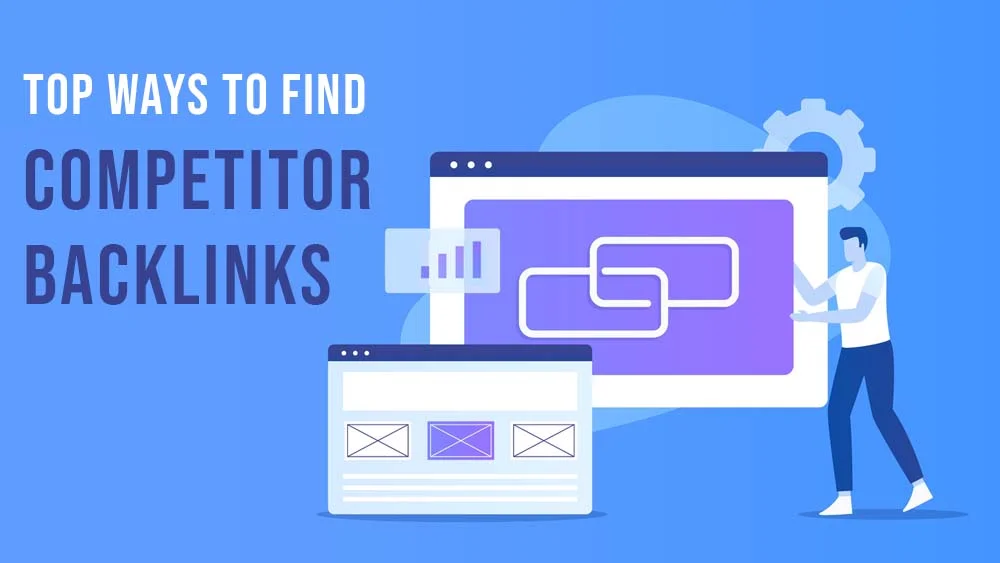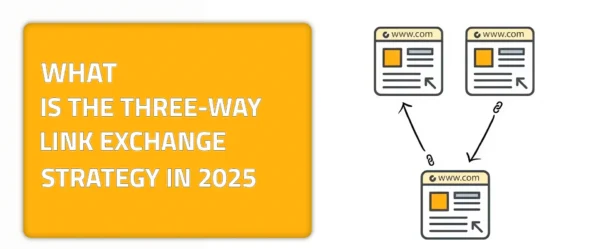In today’s digital landscape, the process of backlinking is becoming one that is of great importance for a website’s success. Backlinks are links that you obtain or acquire from other websites and link them to your own and vice versa. They play the role of a golden ticket that has the capability of getting your website to the highest rates of ranking on SERPs. However, finding the right amount of valuable competitor backlinks is a process that needs efficient strategies to start with.
It isn’t always easy, but in today’s guide, this is what I will provide in terms of how to make it all easy and facilitated. The art of analyzing competitor’s backlinks is one that you should master when it comes to coming up with an efficient strategy for yourself and your website. Understanding your competitor’s backlinks is like snooping from their own behind the scenes. Lifting the curtains just a little to have a sneak peek.
By understanding where their backlinks come from, you can unlock new opportunities, improve your link-building strategy, and even outrank them. In this guide, we’ll walk through the top ways to discover your competitor’s backlinks—both through powerful tools and manual methods—so you can boost your SEO game and climb the rankings. Dive in with me in this article and you will understand and learn the top ways to acquire competitor backlinks.
Why You Should Analyze Competitor Backlinks?
Analyzing your competitor’s backlinks is like getting a sneak peek at their playbook, giving you a serious edge in the SEO game. It’s not just about curiosity—it’s about strategy. By understanding where their backlinks come from, you get a clear view of their strengths, like seeing which websites trust them enough to link back. This insight can reveal patterns and help you figure out how they’re building their authority. But that’s just the start; there’s more to this than what you think.
Simply put, you also open up new backlink opportunities for yourself, spotting sites that are likely to link to you as well. That is, especially if you can offer something better. Think of it as finding the secret that will unlock for you the top ways to boost your SEO. And, of course, analyzing their backlink profile helps you refine your own strategy.
Maybe you’ll learn from their mistakes, expose gaps that you may have in your strategy, or simply find another idea that will help you outshine your competitor. In short, looking at competitor backlinks is of great importance for anyone wanting to sharpen their SEO game and climb the search rankings faster and in a more efficient way.
Top Tools to Use to Find The Backlinks of Your Competitors Efficiently
When it comes to finding competitor backlinks, a few tools can make your job way easier than you thought. Ever wondered how your competitors are ranking so high? Tools like SEMrush, Ahrefs, Moz Link Explorer, and Ubersuggest can give you all the answers. These are tools that you can use and I promise that they will make all the difference in the world for you.
SEMrush is like having a magnifying glass for your competitors’ backlinks. It provides a complete overview, helping you spot patterns and grab link-building opportunities you might’ve missed. Want to know what site sent them that juicy link? SEMrush will tell you in seconds.
Then there’s Ahrefs, often the go-to tool for backlink hunters. It boasts one of the largest databases of live backlinks on the web, making it perfect for discovering even the most obscure links. You can see where the links are coming from, how strong they are, and which ones you can snag for yourself.
Moz Link Explorer is another gem, giving you a sneak peek into your competitor’s linking history. It’s a great tool for comparing domain authority too. Lastly, Ubersuggest is your budget-friendly option. It’s not as detailed as Ahrefs, but it still gives you enough insights into backlinks to get started. It is the perfect tool for those just dipping their toes into SEO and still acquiring some information about it all. I know that spying on your competitors may sound a bit wrong, but hey, a little peek from time to time can hurt no one, right?
Manual Methods for Finding Competitor Backlinks
Finding competitor backlinks manually might sound like hunting for a needle in a haystack, but it’s actually easier (and more fun!) than you’d think. First, let’s talk source code—ever wonder where a competitor’s links are hiding? A quick peek at their source code can reveal a lot; it can be your one-in-a-million golden watch next to a random sewer in Hell’s Kitchen. Just right-click on their webpage, hit “view page source,” and look for any outgoing links that might point to valuable backlink partners. I know that it might be a surprise that source codes can reveal so much. But as a matter of fact, they actually do become very informative and educational when used correctly.
Next up, Google search operators. These little tricks are like magic words for finding backlinks. Want to see where a competitor’s content is mentioned? Try using the operator “link: competitor website.com” in the Google search bar, and voila, you will have yourself a pool of backlinks! Ever googled a cheat sheet for a certain game? This is exactly the same thing here. It’s all about understanding the tricks and some cheats in the realm of SEO.
And don’t forget about guest posts! Competitors often write guest blogs to score backlinks, and you can find them by searching for their name alongside phrases like “guest post by.” Spotting these is a great way to see where you could potentially land a guest post of your own. So, who says manual methods have to be boring? If you know the right methods and utilize the right approaches, you will find that your journey is becoming one that is interesting.
Using Social Media and Content Sharing Platforms For a Better Competitor Backlinks Hunt
Have you ever wondered how some brands seem to always shine more than others? A lot of it has to do with how they leverage social media and content-sharing platforms. These platforms have become an important aspect of exposure strategies. That is because in this digital age, nearly every single person with a smartphone uses social media platforms or apps to keep up with what’s happening in the world and around them.
That is why you should never ignore or neglect the power of social media platforms; as a matter of fact, you should leverage it to your advantage. You can acquire competitor backlinks by keeping a close eye on your competitors’ content shares. You can uncover a lot of link-building opportunities. How, you ask? Start by monitoring where and how often their content gets shared. Are they getting a ton of retweets on Twitter or shares on LinkedIn?
This can clue you into who’s interested in their content and potentially willing to link back to similar content on your site. And don’t forget about social mentions. When someone mentions a competitor, it’s a potential backlink opportunity for you. Why not reach out and suggest they check out even more of your informative and valuable content? By engaging with these mentions and shares, you can build relationships and, more importantly, gain those valuable backlinks.
Top Ways to Prioritize Backlinks: How to Do It Simply?
When it comes to prioritizing competitor backlinks, it’s all about quality over quantity. I know that most people tend to ignore that quality is way more important than quantity; however, speaking to you from the realm of SEO and having been doing this for more than two years, I implore you to focus on quality more. That is because this is one fundamental thing where you cannot actually prioritize quantity over quality and value and content relevance are two key factors that you should always be aware of.
I know that it might be tempting to chase after every link your competitor has, but not all backlinks are created equal. The secret here is to focus on the ones that actually make a difference. Focus on high-authority links and links that are relevant to your content. So, how do you figure out which ones to go after? Start by evaluating the authority of the domains linking to your competitor’s site. A link from a well-known, reputable site will carry more weight than a hundred low-quality ones.
Here are some tips to guide your strategy:
- Check Domain Authority (DA): Use tools like Ahrefs or Moz to assess the domain authority of the linking site. Higher DA = more valuable backlink.
- Relevance is key: Focus on links from websites in your industry or niche. A backlink from a relevant source boosts credibility with search engines.
- Avoid spammy sites: If a site looks sketchy or irrelevant, it’s not worth the effort. Quality always trumps quantity!
Final Thoughts!
Now that you are here and you’ve had a glimpse of the professional way to acquire competitor backlinks, let us talk more about linkexchange.ai and how this domain can help you achieve the success rates you wish for your website. Our platform is all about enhancing your SEO game. With services like guest posting, author posting, link exchange, and link insertion, you will be able to broaden your backlinking world and horizons.
Additionally, you will be able to connect with various link-building platforms and high-authority domains that you can collaborate with in order to strengthen yourself and your backlinking strategies. Sign up now and start your backlinking strategy that will empower your website with linkexchange.ai.











